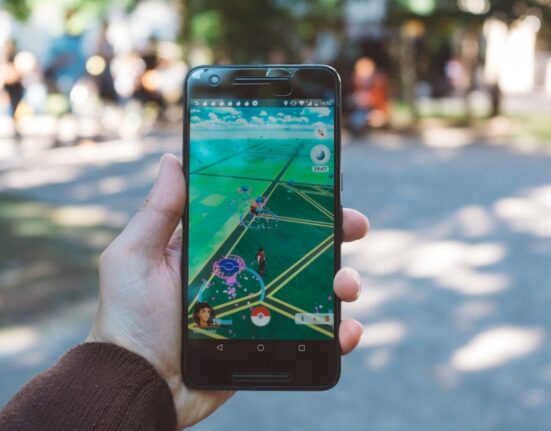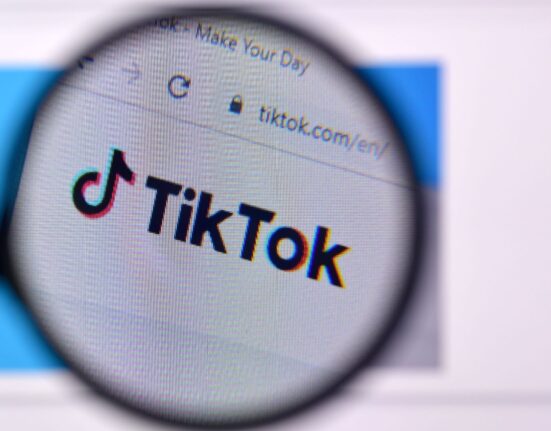In today’s fast-paced, highly competitive marketplace, building customer loyalty is more challenging than ever before. With consumers having endless options at their fingertips, many brands are facing the harsh reality of diminishing customer loyalty. A recent study by SAP Emarsys highlighted a 14% drop in customer loyalty among US brands between 2022 and 2023, reflecting a growing trend where over one in three customers are quick to switch brands for better deals, price fluctuations, or shifting expectations.
This shift leaves many businesses wondering: is traditional brand loyalty dead? The short answer is no—but it’s evolving. Loyalty is no longer transactional. Consumers are now driven by deeper, more personalized connections with brands that align with their values, preferences, and lifestyle choices. To stay competitive, brands must rethink their strategies and focus on building loyalty through unique, meaningful experiences rather than simply offering discounts or promotions.
The Changing Landscape of Customer Loyalty
David Villa, CEO of IPD marketing agency, puts it simply: “Consumers are more willing to shop around. This doesn’t mean you can’t earn repeat customers, but it’s harder and less common now.” Indeed, today’s consumers expect more from brands—they want experiences that resonate with them on a personal level, not just a coupon in their inbox. As brands navigate this new era of consumer behavior, several key strategies have emerged as critical in fostering lasting loyalty.
1. Personalization: Tailoring Experiences to Customer Preferences
Customers expect brands to understand their needs and preferences. Personalization is no longer just a nice-to-have—it’s a must. Brands can leverage data-driven insights to create highly personalized shopping experiences, from product recommendations to tailored offers. Studies show that 80% of consumers are more likely to support a brand that offers a personalized experience. When a customer feels a product or service is designed just for them, it strengthens their connection to the brand and builds loyalty over time.
2. Gamification: Making Loyalty Programs Fun
Loyalty programs don’t have to be boring. In fact, adding an element of fun through gamification can significantly boost engagement. Whether it’s offering points, challenges, or rewards through interactive games, brands can tap into consumers’ natural inclination toward competition and achievement. This not only increases brand awareness but also deepens customer loyalty as they feel more connected to the brand through fun and engaging experiences.
3. Ongoing Engagement: Building Long-term Relationships
Loyalty isn’t built in a day. Brands need to engage with their customers beyond the initial transaction to nurture lasting relationships. Consistent, personalized communication helps keep the brand top-of-mind, whether through targeted emails, social media interactions, or exclusive content. Customers are more likely to stay loyal when they feel valued and appreciated, and when a brand continuously communicates in a way that resonates with them.
4. Listening to Customers: Feedback & Surveys Matter
Customers want to know their voices are heard. Asking for feedback and acting on it shows consumers that their opinions matter. When brands take customer suggestions seriously and make improvements based on feedback, they not only improve their offerings but also strengthen the emotional connection customers feel. This builds trust and, ultimately, loyalty.
5. Convenience: Seamless Experiences Matter
Customers value convenience just as much as they value quality. Brands need to make their loyalty platforms easy to use and seamlessly integrated into existing systems. From quick checkout processes to user-friendly loyalty apps, reducing friction in the customer journey is crucial to keeping consumers happy and coming back for more.
6. Sustainability: A Key Driver of Modern Loyalty
In addition to personalization and engagement, sustainability has become a significant driver of customer loyalty. Today, 80% of consumers consider sustainability an important factor when choosing a brand, and over half are willing to pay more for eco-friendly products. Brands that embrace ethical sourcing, environmentally friendly practices, and community involvement earn the trust and loyalty of conscious consumers who prioritize values and sustainability in their purchasing decisions.
Adapting to Meet New Expectations
While customer loyalty may be more difficult to maintain in today’s competitive landscape, it’s not impossible. Brands that adapt to the changing needs of consumers and focus on creating personalized, sustainable, and engaging experiences can still foster long-lasting loyalty. By staying in tune with what their customers want and aligning their values with those of their audience, businesses can build strong, enduring relationships that stand the test of time.
Final Thoughts
In a world where brand loyalty isn’t as simple as offering the best price, brands must evolve their strategies to meet the demands of modern consumers. Whether through personalization, gamification, ongoing engagement, or sustainability initiatives, companies can tap into the new drivers of loyalty to create stronger, more meaningful connections with their customers.
By doing so, businesses not only build loyal customer bases but also secure their place in an increasingly competitive market.











Leave feedback about this